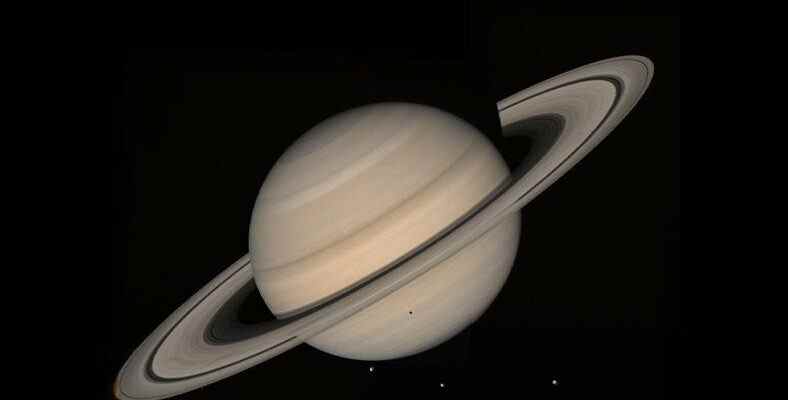The planet Saturn is a remarkable planet with its rings, being visible to the naked eye and its moons. In this article, we have included 10 unusual and interesting facts about Saturn.
The second largest planet in the Solar System SaturnThanks to its rings and appearance, it is among the most interesting and remarkable planets. Also, this majestic planet Saturn “Jewel of the Solar System” Also known as. The number of satellites of Saturn, which is the planet with the most moons with 82 moons, is expected to increase even more in the coming years with the discoveries made.
Saturn, with many distinguishing features compared to other planets. In this article we 10 facts that prove Saturn is an unusual planet we placed.
Features of Saturn:
- Orbit time: 29 years
- Diameter of: 116,460 km
- Distance from Earth: 1.195 billion km
- Distance from the Sun: 1.426 billion km
- satellites: 82
Saturn takes its name from Kronos in Greek mythology. Turkish hopscotch Saturn, also known as Saturn was known by name. With a volume 700 times greater than the volume of the Earth, Saturn It is the sixth planet closest to the sun.. Also, having a large size, Saturn is second only to Jupiter in terms of size.
such as the planets Mercury, Venus, Mars and Jupiter observable with the naked eye It is also among the remarkable features of Saturn. This is because it consists of ice, which immediately reflects the light falling on it.
10 facts that prove Saturn is an unusual planet:
- Saturn is the least dense planet in the Solar System.
- Saturn has a flattened shape.
- Early astronomers thought that Saturn’s rings were its moons.
- Saturn has only been visited 4 times by spacecraft.
- Saturn has 82 moons.
- The length of a day on Saturn was a mystery until recently.
- Saturn’s rings can be as old or younger as Saturn.
- Saturn’s rings disappear from time to time.
- Saturn is the farthest planet visible to the naked eye.
- There may be life near Saturn.
Saturn is the least dense planet in the Solar System:
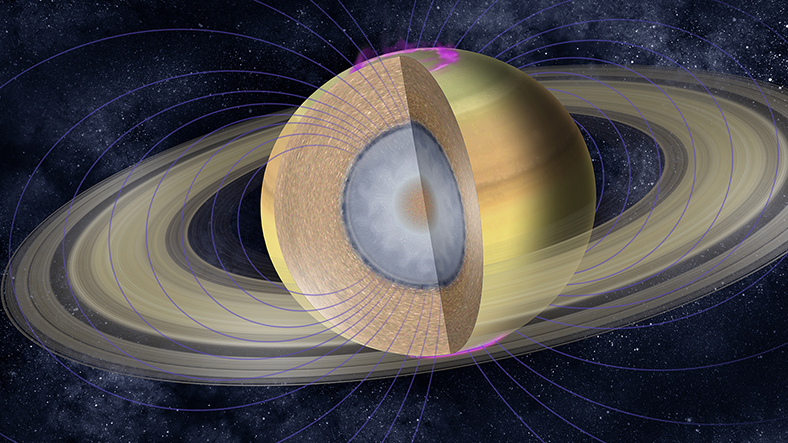
composed mostly of hydrogen Saturn’s density is even less than water. These hydrogen layers condense towards the center of Saturn and eventually form a hot inner core.
Saturn has a flattened shape:

Thanks to its low density, the fluid nature of the planet and the high rotational speed around itself, Saturn is a wide, At the poles, it has a flattened ellipsoidal appearance. and we can easily observe this when we look at a picture of Saturn.
The distance from the center to the poles is 54,000 km, while the distance from the center to the equator is 60,300 km. In other words, places at the equator are approximately 6,300 km is further away.
Early astronomers thought that Saturn’s rings were satellites:
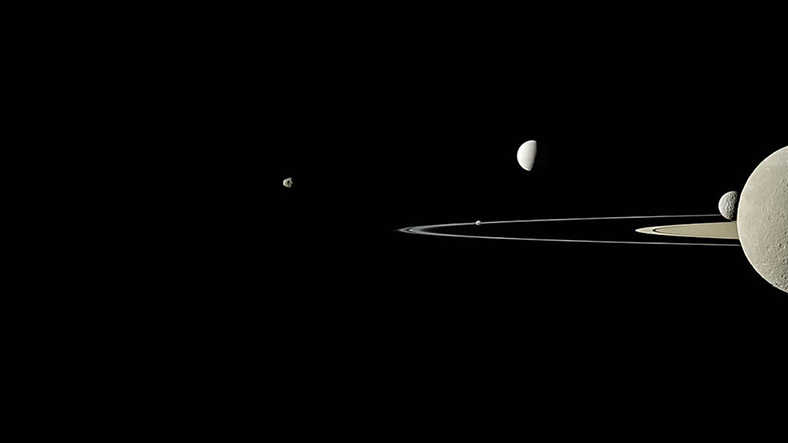
in 1610 GalileoWhen he first looked at Saturn with his primitive telescope, he could see Saturn and its rings, but didn’t know exactly what he was looking at. Those rings could perhaps be two of Saturn’s large moons standing on either side.
in 1655 Dutch astronomer Christian Huygens, used a better and more advanced telescope to observe Saturn and realized that the moons standing on either side of Saturn were actually rings. Huygens was also the first to discover Saturn’s largest moon, Titan.
Saturn has only been visited 4 times by spacecraft:
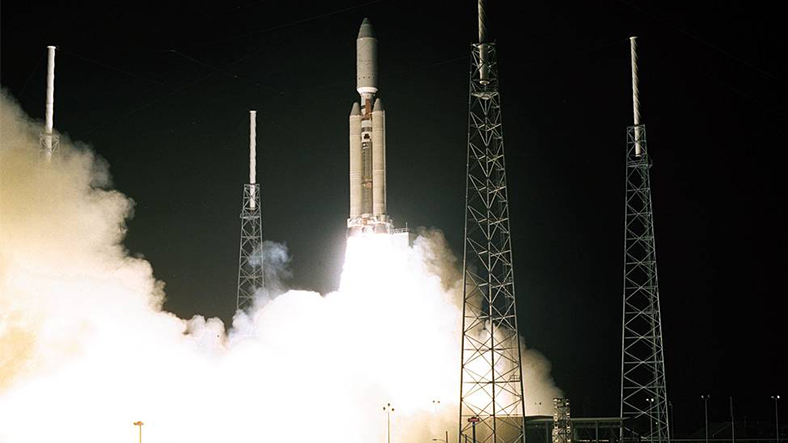
Only 4 spacecraft sent from Earth have visited Saturn. However, since Saturn does not have a solid surface, none of them made a landing on the planet’s surface. The first of these spacecraft was flying within 20,000 km of Saturn in 1979. Pioneer 11‘he said. Later in 1980 Voyager 1then in 1981 Voyager 2 He visited Saturn. Finally, in 2004 Cassini By reaching Saturn, he ended his 7-year mission.
Saturn has 82 moons:

of Saturn Has 82 discovered satellites. Some of these are quite large, such as Titan, the second largest moon in the Solar System. But most of Saturn’s moons are small, only a few kilometers in diameter, and some don’t even have official names.
The length of a day on Saturn was a mystery until recently:

As it is known, Saturn is mostly made up of gas, which results in the entire planet not rotating at the same speed. Therefore, it was very difficult to determine the rotation speed of Saturn. NASA scientists They used data from the Cassini spacecraft to calculate this period and found that a day on Saturn 10 hours, 33 minutes and 38 seconds They calculated that it was long.
Saturn’s rings can be as old or younger as Saturn
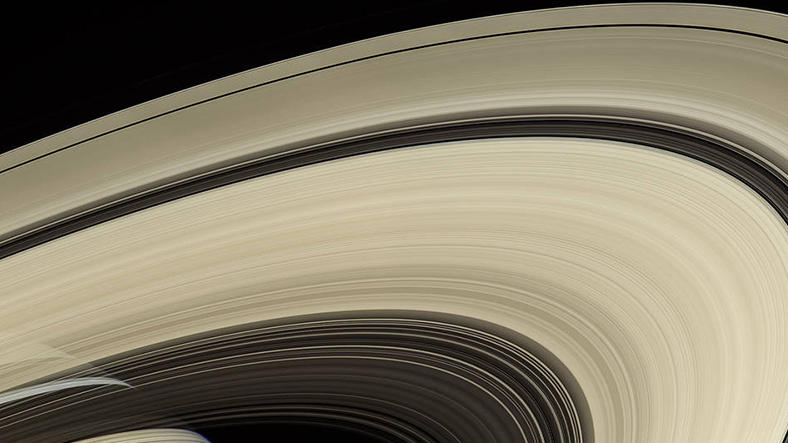
rings of Saturn composed mostly of ice particles. Based on this, scientists conclude that the rings have formed with Saturn since the beginning of the Solar System, that is, about 4.54 billion years ago. However, astronomers still cannot fully decipher the origin of Saturn’s rings.
The rings disappear from time to time:
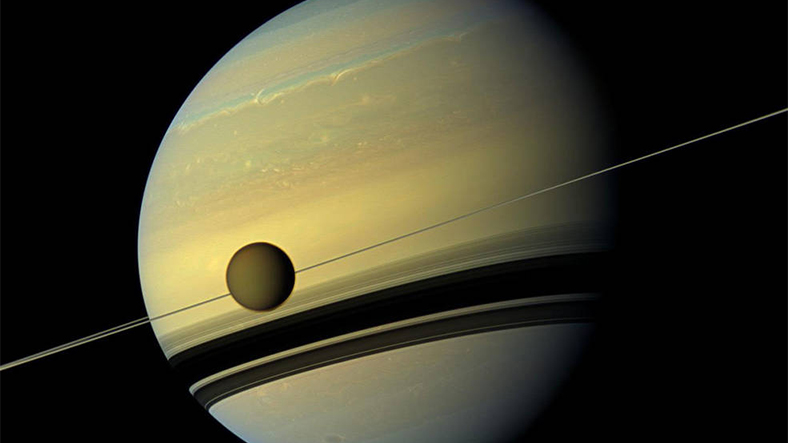
Saturn’s axis is tilted, just like Earth’s. From our perspective, we see the changing position of Saturn. Sometimes its rings are in a fully visible position, but other times Since it is positioned vertically, only the edges of the rings are visible. This causes Saturn’s rings to appear as if they are disappearing.
Farthest planet visible to the naked eye:
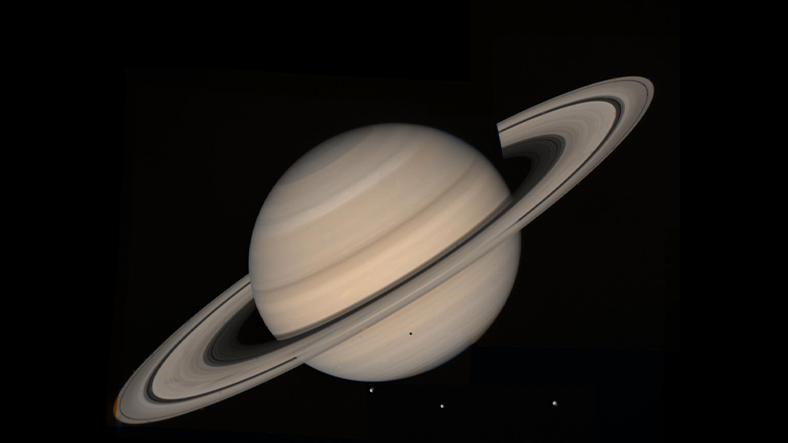
Saturn is one of the five planets visible to the naked eye. If you look at Saturn with the help of a telescope or binoculars, you can easily see the rings around it. This is because Saturn is very far from Earth.
There may be life near Saturn:
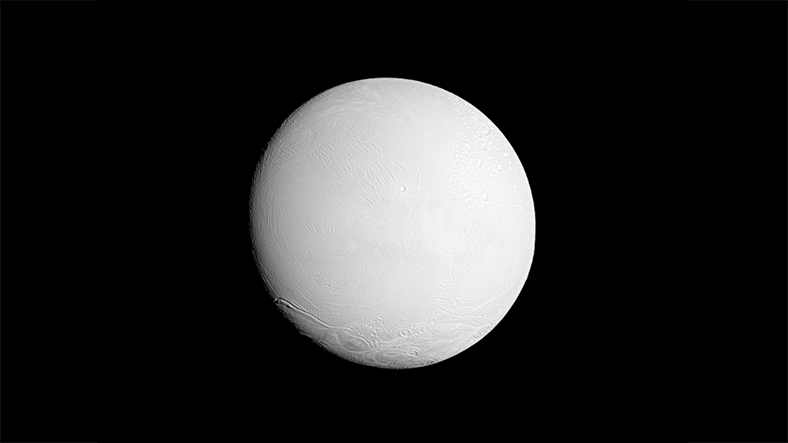
Saturn is too unfavorable planet to support life. However, it is Saturn’s sixth largest moon. Enceladus We cannot say the same for him. NASAof he has sent Cassini spacecraft named Enceladus’ south pole discovered various water sources. It is planned to send a specially designed spacecraft for this mission to detect whether there is life on Enceladus shortly.
RELATED NEWS
